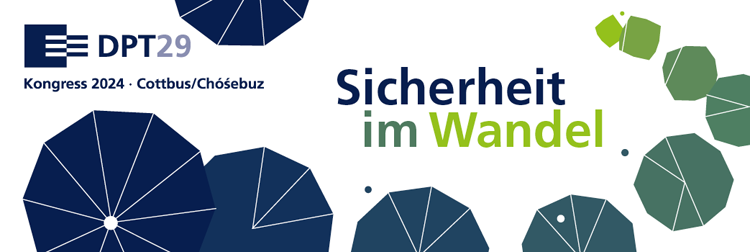Safer Cities – The Urban approach to Crime and Violence (UNHABITAT) and Building Safer and Inclusive Cities: The Experience of Delhi
Juma Assiago
UN-Habitat
Kalpana Viswanath
Women in Cities International
The theoretical and practical work on safer cities for women has now a history of over two decades beginning in the countries of the North but today being implemented in over 45 countries around the world. This work needs to be understood within discourses of growing urbanisation and urban governance as well as discourses of crime prevention and ending violence against women. This makes the issues, as well as solutions and interventions, diverse.
Among the cities in the south, New Delhi has traversed an interesting trajectory on the path to creating safety for women and girls. The history of strong feminist and democratic movements in the country ensured that the issue was raised from civil society and a strong women’s rights group. But the deeper understanding of the depth of social change needed led to the involvement and integration of a range of stakeholders, both state and non state.
The strategies have thus included strong awareness campaigns along with concerted capacity building of institutional stakeholders including police and service providers and strengthening capacity of community women and youth to identify, address and advocate for meaningful change in their contexts.
The local government has also responded both to intense media glare and increasing rates of crime which threaten the reputation of the city. This led them to launch a community led initiative to address crimes and violence against women through a multi strategic and multi stakeholder approach. In this presentation, I will reflect upon and analyse the effects and outcomes of the campaigns and range of initiatives.
Among the cities in the south, New Delhi has traversed an interesting trajectory on the path to creating safety for women and girls. The history of strong feminist and democratic movements in the country ensured that the issue was raised from civil society and a strong women’s rights group. But the deeper understanding of the depth of social change needed led to the involvement and integration of a range of stakeholders, both state and non state.
The strategies have thus included strong awareness campaigns along with concerted capacity building of institutional stakeholders including police and service providers and strengthening capacity of community women and youth to identify, address and advocate for meaningful change in their contexts.
The local government has also responded both to intense media glare and increasing rates of crime which threaten the reputation of the city. This led them to launch a community led initiative to address crimes and violence against women through a multi strategic and multi stakeholder approach. In this presentation, I will reflect upon and analyse the effects and outcomes of the campaigns and range of initiatives.
| Film ansehen (YouTube) (English, YouTube-Video) |

